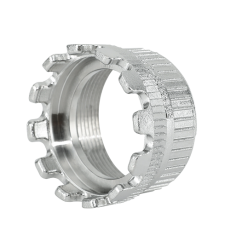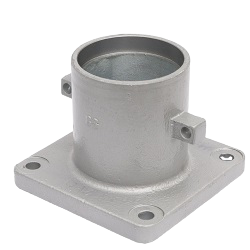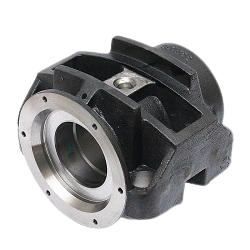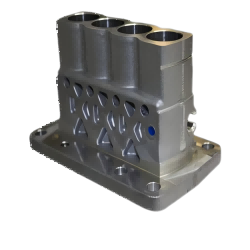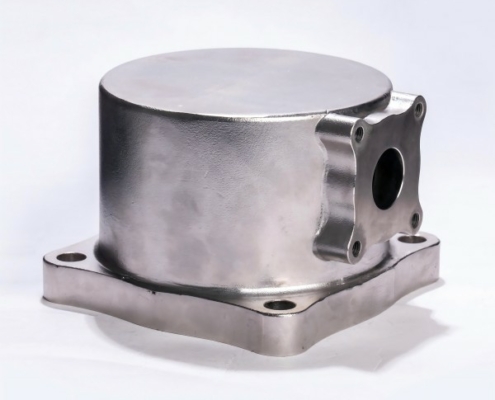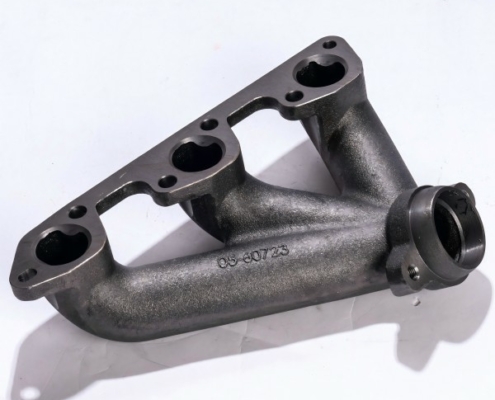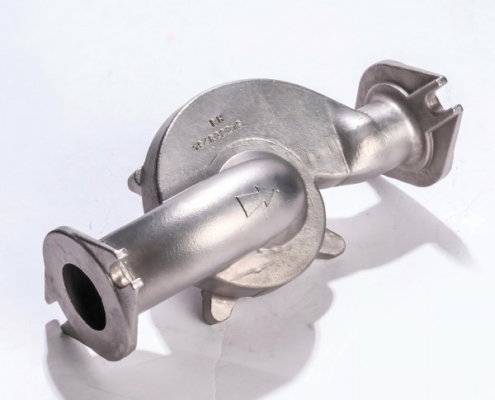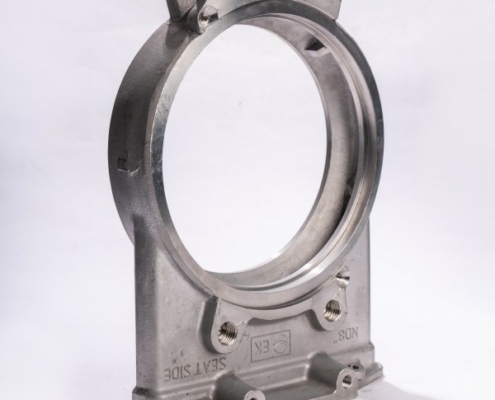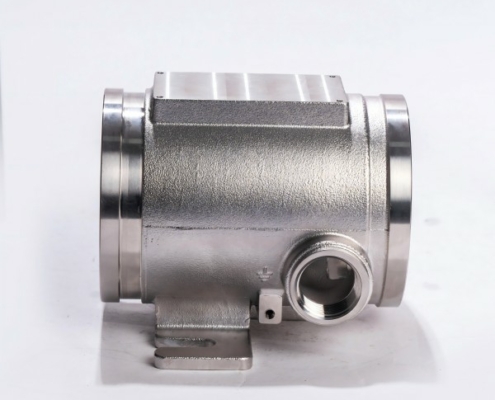What is metal casting?
Metal casting is a 7,000-year-old process used in both manufacturing and fine art. During metal casting, molten metal is transferred from a crucible into a mold to create a positive metal cast object. The metal and mold are cooled, and the metal object is removed and finished. Traditional metal casting techniques include lost-wax casting, plaster mold casting, die casting, and sand casting, to name a few. These metal casting processes may be completed in a foundry or a jewelry studio.
Metal casting processes have been known for thousands of years, and have been widely used for creating sculptures, jewelry, transportation, weapons, and tools. The first known cast object is a copper frog that dates back to 3200 BCE, found in present-day Iraq. During the Bronze Age, metal casting exploded in popularity. Bronze was a much easier and stronger alloy to work with, compared to gold and was cast into tools and weapons using stone molds. During the Shang Dynasty in China, single-use sand molds were first utilized for casting metals. Around 1000 BCE, India was among the first ancient civilizations to cast silver and copper coins for currency. Later, around 500 BCE, the Zhou Dynasty introduced iron casting. Throughout history, the Middle East and West Africa both commonly utilized lost wax casting. Many years later, metal casting technology boomed in the 20th century, developing processes that most modern methods are based on.
